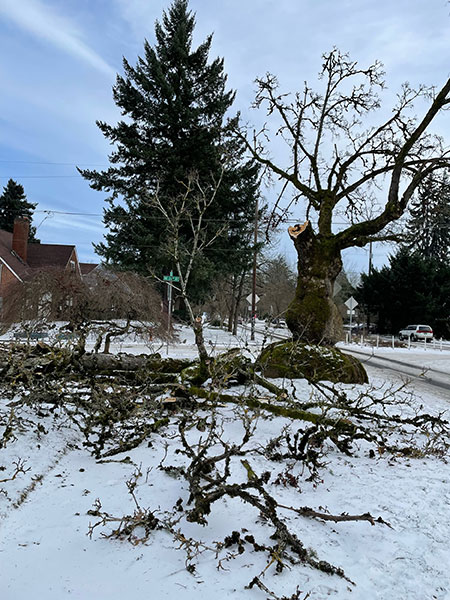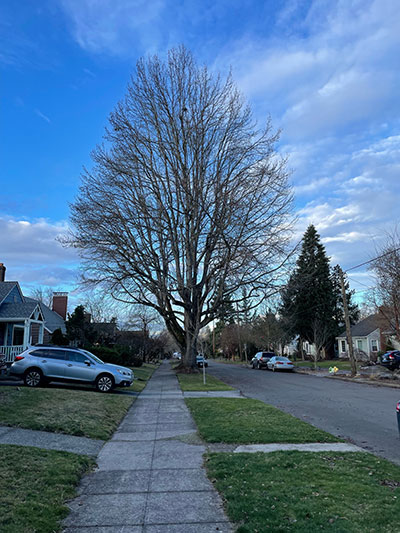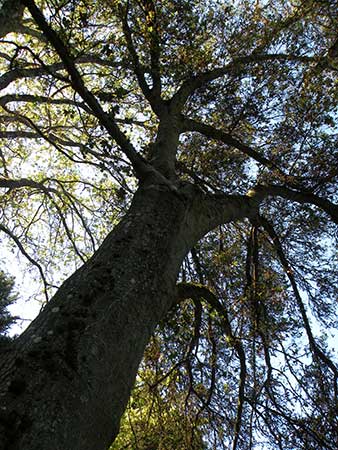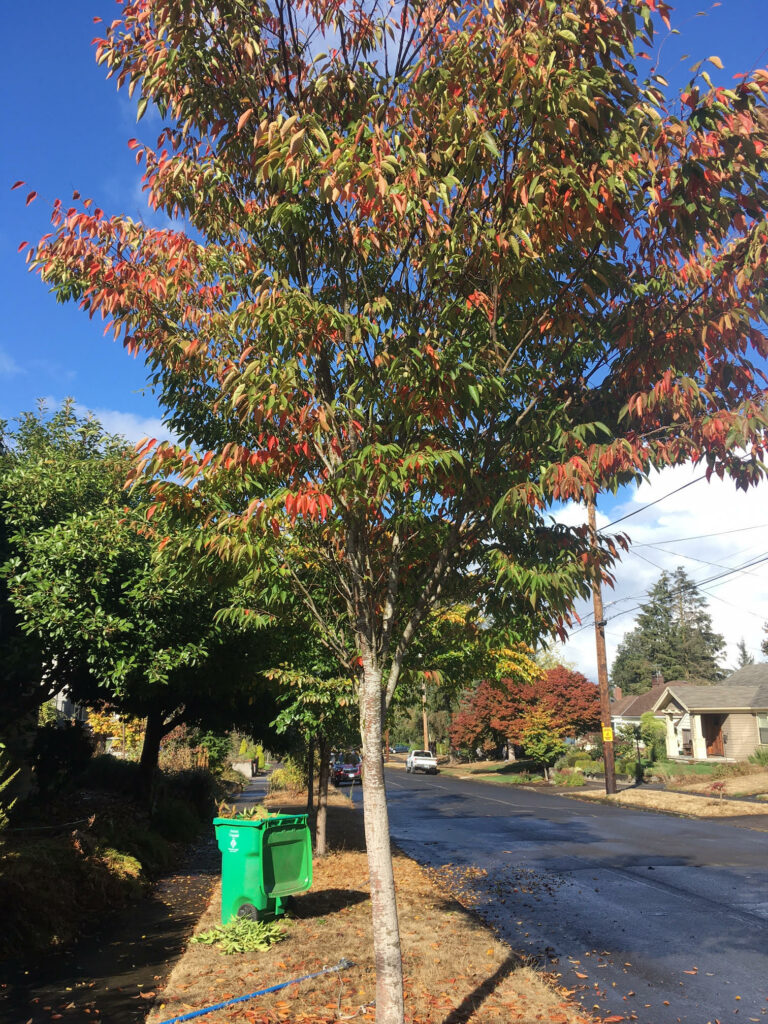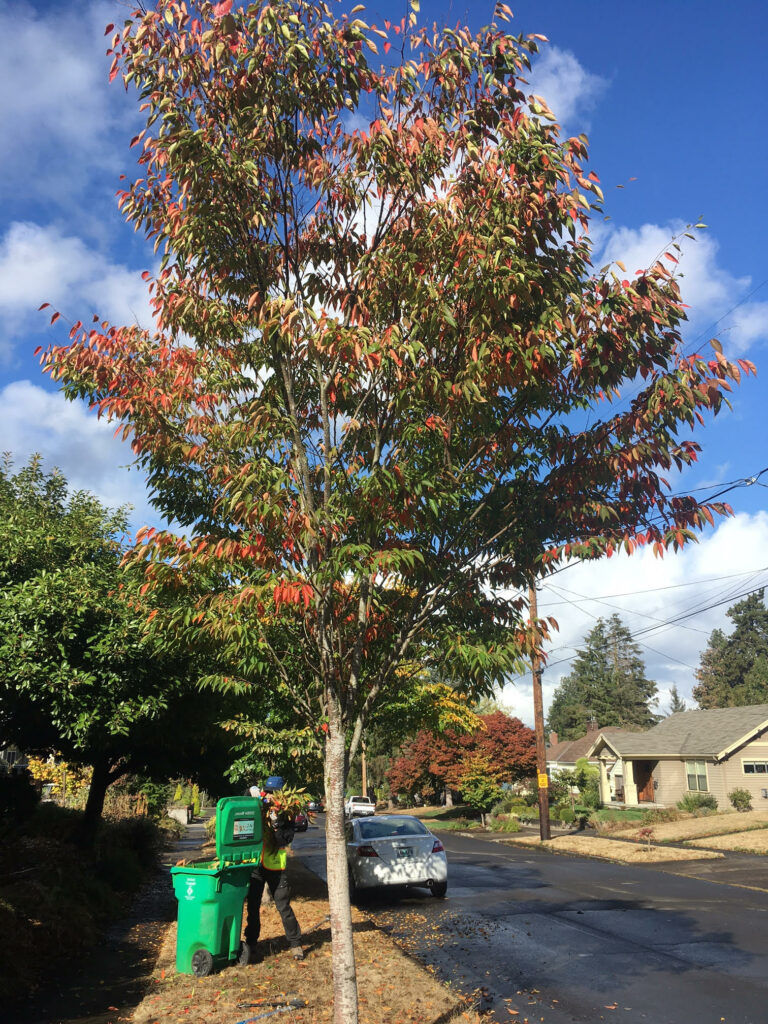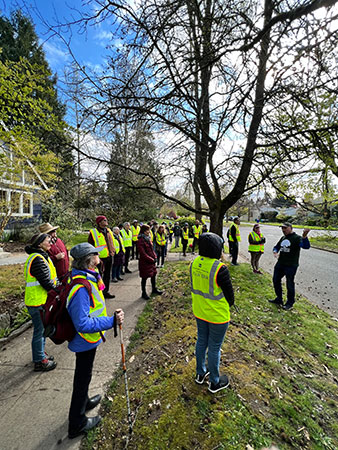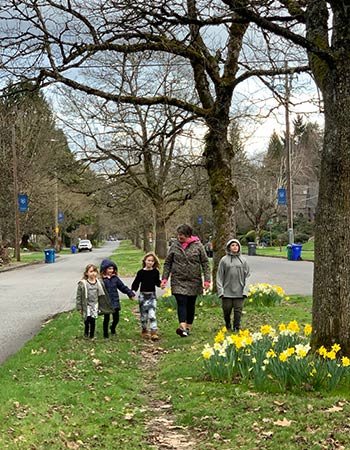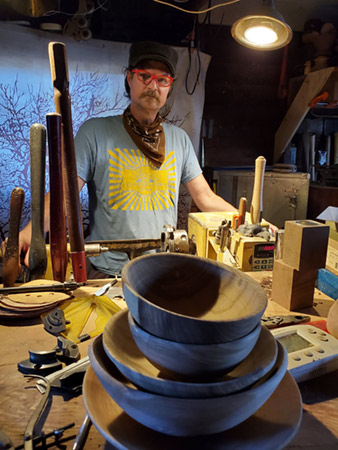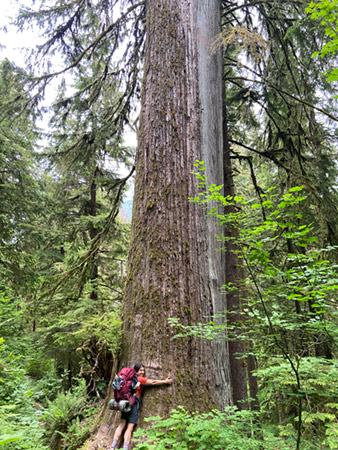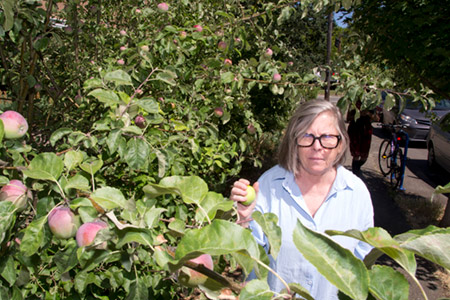By Jim Gersbach |Concordia Tree Team
Fernhill Park has an excellent and varied collection of trees. Most of them, however, were planted three quarters of a century ago, so losses due to age and storms are slowly thinning the canopy.
The last big tree planting at the park had been the Douglas-fir trees on the southeast side of the off-leash dog area several years ago. More recently, a katsura tree was planted on the north side of the park next to Holman Street to replace a multi-trunked Oregon white oak that predated creation of the park but split apart during an ice storm.
Last winter, Portland Parks and Recreation made a concerted effort to add to Fernhill’s treescape. Most notable was the planting of five bald cypress trees just south of the tennis courts.
Bald cypress (Taxodium distichum) are cone-bearing trees with the unusual distinction of being deciduous (hence the name “bald” referring to the needles falling each autumn). In fall, their soft needles will turn a russet-orange.
Bald cypresses are native to SE Virginia along the Atlantic coastal plain and can be found all the way across the South to eastern Texas, and as far north as southern Illinois. Well adapted to living in swamps, they instantly conjure images of the bayous of Louisiana, and indeed are the official tree of that state. They also grow well outside of swamps, although they require summer watering to make it through Oregon’s increasingly dry summers. If watered until well established, bald cypresses can live several centuries. They are the first ones planted at Fernhill, and represent a new genus and family of trees, adding to the park’s diversity.
In addition, new incense cedars were planted. Fernhill already had some mature ones, but at least one was added north of the tennis courts. Also added on the north end of the park along NE Holman were two coastal redwoods (Sequoia sempervirens and the selection S. sempervirens ‘Aptos Blue’). Two giant sequoias were added west of the running track near a declining Bigleaf maple.
Incense cedars (Calocedrus decurrens) are evergreen conifer trees native to southern Oregon and northern California. Drought tolerant, they are proving to be more climate resilient than western redcedar, making them a safer choice since average temperatures are expected to rise to levels not seen in millions of years.
Also added to Fernhill were three Oregon white oaks (Quercus garryana) on the southern slope facing the off-leash dog area. This is a perfect spot for these sun-loving deciduous trees. Capable of living for two to four centuries or longer, Oregon white oaks are Portland natives, and so are perfectly adapted to our dry summers and wet winters. Their natural range extends well into California, demonstrating their ability to survive more intense heat and drought than Portland currently experiences but which may soon become more common here. Visit Fernhill Park to spot the new trees.
A native Oregonian, Jim Gersbach has lived in the Concordia neighborhood since 2002. He founded the Ainsworth Linear Arboretum back in 2005 and was involved in helping create the CullyConcordia International Grove and the Concordia Learning Landscape Arboretum.
